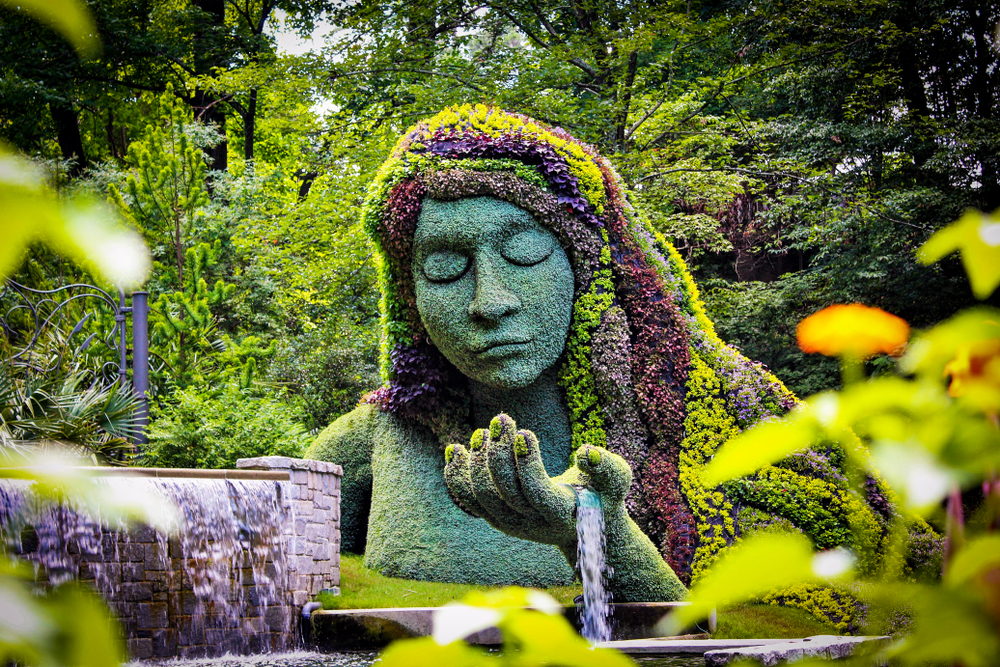
Veneration of the planet and nature has been a part of various religions and spirituality throughout history. While conservationists and environmentalists have long promoted practices that are good for Earth and its various ecosystems, adherents to earth religions subscribe to a belief system based on preservation and reverence for natural phenomena. There are various faiths that fall under the category of this alternative spirituality. Let’s do some exploring of earth religions.
Taking a Closer Look
Any religion that involves the worship and adoration of Earth, nature, or deities associated with fertility falls under the umbrella of Earth religions. Belief systems such as paganism, animism, druidism and Wicca can be considered Earth religions since either the reverence of nature or the deification of an Earth goddess or equation of divinity with the environment are major tenets. Pantheistic creeds that emphasize a connection between the planet and its inhabitants may also be considered earth religions. Many of these faiths endorse a belief that all living organisms are an integral part of the planet and worthy of preservation.
Examining the Origins
There are different opinions among religious scholars about the exact origins of Earth worship. It is believed that the roots of this type of worship are in the following ideas:
- Dependence on Nature: Some scholars speculate that early human existence was dependent on the natural world and its resources. Using natural instincts and observation, humans formed religious beliefs based on nature and the senses.
- The Divine Mother: Ancient societies existed in small, family-oriented communities that centered the woman, specifically the Divine Mother, as the source of life for all creation. Many of these peoples practiced matrilineal succession and worshiped feminine deities. The idea of a Divine Mother who gives and takes away life exists in several mythologies and cultures from around the globe.
- Fear of the Planet: Some modern paganists suggest that early humans could not understand or process the complex scientific principles that governed nature. Natural phenomena such as thunderstorms, volcanoes, and deserts inspired fear and reverence for the world. As humans developed a worship of nature and its elements, they established the idea of these elements as containing personalities or spirits.
Scrutinizing the Beliefs
There is a diverse array of faiths and beliefs that fall under Earth religions, so there isn’t a universal standard of beliefs. On the other hand, there is a shared system of ethics:
- A lack of divine judgment.
- Each person can decide what is ethical.
- Each person is responsible for deeds.
- All nature and life is worthy of honor and respect.
- There is no single correct faith or path.
- Morality is not linked to a reward.
Some adherents of Earth religions believe in supporting the planet spiritually, and many practice conservation and sustainability.
Observing Earth Religions in Culture
One of the most popular examples of earth religions in popular culture is from Disney’s animated film “The Lion King.” The song “Circle of Life” speaks to the idea of interconnection between Earth, people, plants and all forms of life. “Colors of the Wind” from “Pocahontas” also describes this connection. A disruption in this connection leads to chaos, destruction, and despair in many works that have been inspired by Earth religions and its ideas.
The idea of the planet and nature being objects of worship and deification can be found in many religious views. Earth religion encompasses many spiritual perspectives, both ancient and new. Although environmental protection ideals aren’t necessarily faith-based, many Earth religion adherents view Earth and life as being interconnected and worthy of preservation.

